Search the Special Collections and Archives Portal
Search Results
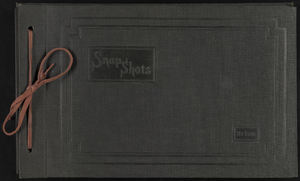
Album 5: community events and activities in Las Vegas, Nevada: photographic prints
Date
Archival Collection
Description
Image
Faded grey hat: "Freedom At Any Cost, Freedomus Ao Anat Cosamus," with note attached, and with pins of remembrance of Flight 93, Pentagon, and Twin Towers, and a pin of the 50 year anniversary of Iwo Jima, approximately 2001-2012
Level of Description
Archival Collection
Collection Name: New York-New York Hotel and Casino 9-11 Heroes Tribute Collection
Box/Folder: Box 490
Archival Component
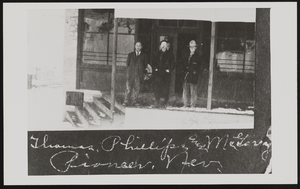
Three men in Pioneer, Nevada: photographic print
Date
Archival Collection
Description
Thomas, Phillips, and McGarry standing on a porch in Pioneer, Nevada. A sun shade hangs from above and there are four stairs leading to the porch from left.
Image
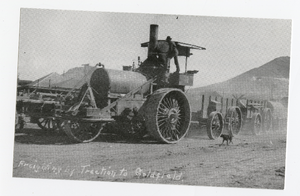
Photograph of the Southern Nevada Forwarding Company steam train near the railyards, Goldfield (Nev.), 1904
Date
Archival Collection
Description
Image
T-Shirt Color: Navy Blue; Front: Maple Grove Fire Rescue 25 Years Serving The Community, Fire Dept. Emblem; Back: Maple Grove Fire Rescue; Handwritten Text: FF 258, approximately 2001-2012
Level of Description
Archival Collection
Collection Name: New York-New York Hotel and Casino 9-11 Heroes Tribute Collection
Box/Folder: Box 324
Archival Component
T-Shirt Color: Navy Blue; Front: City Of Suisun City California Fire Department, Dept. Emblem; Back: Suisun City Fire Rescue 140 Years Of Service, Fire; Handwritten Text: Signatures, approximately 2001-2012
Level of Description
Archival Collection
Collection Name: New York-New York Hotel and Casino 9-11 Heroes Tribute Collection
Box/Folder: Box 242
Archival Component
T-Shirt Color: Navy Blue; Front: Fire Dept., Dept. Emblem; Back: Mishawaka Fire Dept.; Handwritten Text: To: Dad For Your 31 Years Thanks! Everett Byrd Badge # 29, Brenda, approximately 2001-2012
Level of Description
Archival Collection
Collection Name: New York-New York Hotel and Casino 9-11 Heroes Tribute Collection
Box/Folder: Box 73
Archival Component
Nevada Campaign for Choice Records
Identifier
Abstract
The Nevada Campaign for Choice Records (1987-1990) address the 1989-1990 pro-choice campaign regarding the legality of abortion and codifying Roe v. Wade in Nevada. Records include material on the campaign structure, finances, steering committee, minutes, campaign literature, correspondence, campaign buttons and stickers, mailing lists, clippings, two video tapes, and one audio tape.
Archival Collection
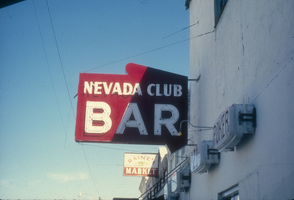
Slide of the Nevada Club Bar sign, Eureka, Nevada, 1986
Date
Archival Collection
Description
Image
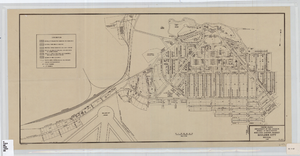
Cadastral map of Boulder City, Nevada, 1940
Date
Description
Image
